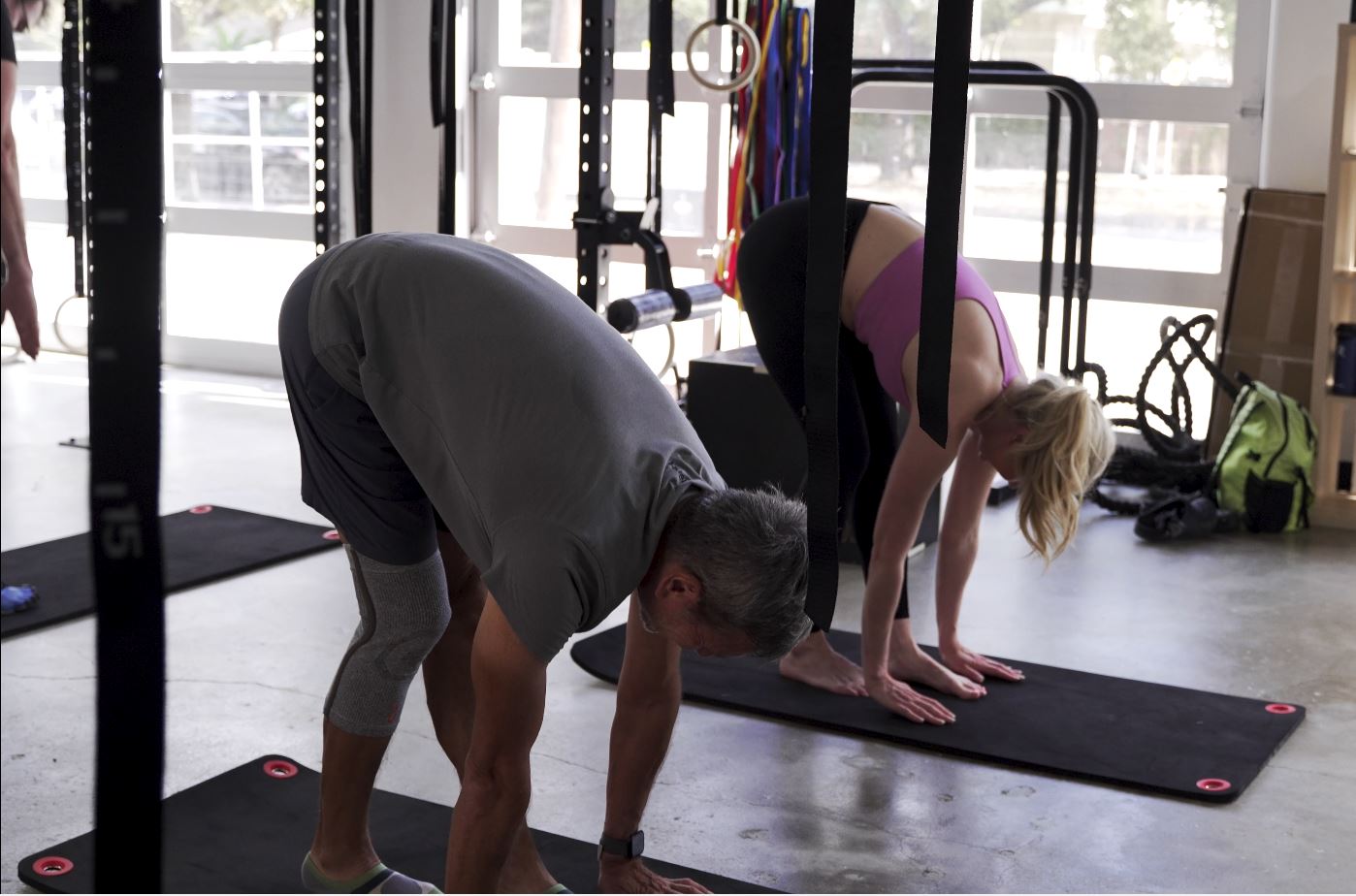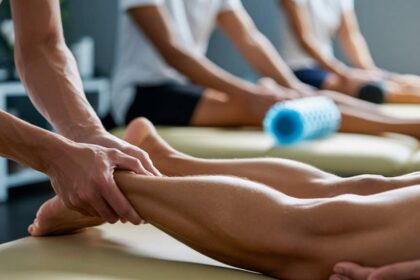When it comes to fitness, most people focus on strength training, cardio, or weight loss goals. While those are vital components of a healthy lifestyle, there are two often-overlooked pillars that can make or break your long-term success: stretching and mobility.
Incorporating regular stretching and mobility work into your routine doesn’t just prevent injury—it boosts performance, enhances recovery, and improves your quality of movement in everyday life. This article explains why these elements are essential and how you can make them a consistent part of your fitness journey.
Stretching vs. Mobility: What’s the Difference?
Although they’re often used interchangeably, stretching and mobility serve different purposes in your training:
- Stretching focuses on lengthening muscles and tendons to increase flexibility.
- Mobility focuses on improving the range of motion of your joints through movement and stability exercises.
Think of flexibility as how far a muscle can stretch and mobility as how well your body can move through that range.
Why Stretching and Mobility Matter
✅ 1. Prevent Injuries
Tight, imbalanced muscles and stiff joints increase your risk of strains, sprains, and tears. Stretching and mobility drills help balance the body, reducing wear and tear.
✅ 2. Improve Performance
Better range of motion leads to more effective lifts, cleaner movement patterns, and more power in your workouts.
✅ 3. Enhance Recovery
Stretching post-workout helps reduce muscle soreness, promote circulation, and accelerate recovery.
✅ 4. Promote Good Posture
Modern lifestyles often lead to tight hips, shoulders, and lower backs. Stretching and mobility work counteract the effects of prolonged sitting and poor ergonomics.
✅ 5. Support Healthy Aging
Mobility keeps joints lubricated and muscles limber, making everyday movements easier as you age—like bending, reaching, and walking.
Types of Stretching Explained
Understanding when and how to stretch is key:
🧘♂️ 1. Static Stretching
Holding a stretch in a single position for 15–60 seconds.
Best for:
- Post-workout cool-downs
- Improving flexibility over time
Example: Hamstring stretch, quad stretch
🕺 2. Dynamic Stretching
Active, controlled movements that stretch muscles and increase blood flow.
Best for:
- Warming up before a workout
- Preparing the body for movement
Example: Leg swings, arm circles, walking lunges
💨 3. Ballistic Stretching
Bouncing or jerking motions to push muscles beyond normal range.
Note: This technique is outdated and can lead to injury if not done correctly. It’s generally not recommended for beginners.
🌀 4. PNF Stretching (Proprioceptive Neuromuscular Facilitation)
A stretch-contract-relax method often done with a partner or therapist to increase flexibility rapidly.
Best for:
- Advanced flexibility work
- Rehabilitation settings
What Is Mobility Training?
Mobility training involves exercises that actively move your joints through their full range of motion while engaging stabilizing muscles.
Examples of Mobility Exercises:
- Hip circles
- Shoulder pass-throughs with a band or broomstick
- Cat-Cow stretches for spine mobility
- Deep bodyweight squats with arm reaches
- Thoracic spine rotations
Tip: Pair mobility drills with strength training for optimal joint health and muscular balance.
How to Incorporate Stretching and Mobility into Your Routine
🕓 Before Workout (5–10 mins):
- Dynamic stretches (e.g., leg swings, arm circles)
- Mobility drills for target areas (e.g., hip openers before squats)
🧘 After Workout (5–10 mins):
- Static stretches for the muscles worked
- Deep breathing to help muscles relax
📅 On Rest Days:
- 20–30 minutes of mobility-focused activities like yoga, foam rolling, or targeted stretching sessions
Sample Daily Stretching & Mobility Routine (10 Minutes)
- Neck Rolls – 30 seconds
- Shoulder Circles – 30 seconds
- Cat-Cow Stretch – 1 minute
- Hip Flexor Stretch – 1 minute per leg
- Deep Squat Hold – 1 minute
- Hamstring Stretch – 1 minute per leg
- Seated Forward Fold – 1 minute
- Spinal Twist (lying or seated) – 1 minute per side
Tips for Safe and Effective Stretching
- Warm up first. Don’t stretch cold muscles—do light cardio or dynamic movements first.
- Breathe deeply. Inhale and exhale slowly to help muscles relax.
- Don’t force it. Stretch until you feel gentle tension, not pain.
- Be consistent. Flexibility and mobility improve gradually over weeks or months.
Final Thoughts
Stretching and mobility may not feel as intense as lifting weights or sprinting—but they’re just as important. Ignoring them can lead to stiffness, plateaus, and preventable injuries.
By dedicating just a few minutes each day to stretching and mobility, you’ll move better, feel better, and perform better—whether you’re in the gym, on the field, or simply navigating your day.
Train smart, move freely, and give your body the balance it deserves.
FAQs: Stretching and Mobility
1. How often should I stretch or do mobility work?
Ideally, 5–10 minutes daily. At minimum, stretch after every workout and do a full session 2–3 times a week.
2. Is stretching before exercise bad?
Static stretching before a workout may reduce power. Stick to dynamic stretches during your warm-up.
3. Can stretching help with back pain?
Yes, especially when combined with mobility and core strengthening exercises.
4. Is yoga enough for mobility?
Yoga improves flexibility and some aspects of mobility, but targeted joint mobility drills may still be beneficial.
5. Can stretching make me stronger?
Indirectly—better mobility allows for a greater range of motion in strength training, leading to more effective gains.
6. What’s better: foam rolling or stretching?
Both are helpful. Foam rolling releases tension in muscles; stretching lengthens them. Combine for best results.
7. Are mobility and flexibility the same?
Not quite. Flexibility is passive (how far a muscle can stretch), while mobility is active (how well you move through that stretch).
8. Do older adults need mobility training?
Absolutely! Mobility helps prevent falls, maintain independence, and support joint health as we age.










